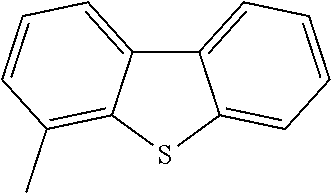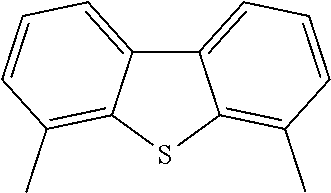Catalytic compositions useful in removal of sulfur compounds from gaseous hydrocarbons, processes for making these and uses thereof
a technology of catalytic compositions and hydrocarbons, which is applied in the direction of catalyst activation/preparation, metal/metal-oxide/metal-hydroxide catalysts, etc., can solve the problems of health and environmental problems, the need for refiners to take expensive and complex actions, and the difficulty of upgrading existing hydrotreating reactors in these facilities
- Summary
- Abstract
- Description
- Claims
- Application Information
AI Technical Summary
Benefits of technology
Problems solved by technology
Method used
Image
Examples
example 1
[0044]CuNO3, (0.2 moles), ZnNO3 (0.07 moles), and Al2NO3 (0.235 moles), were dissolved in 500 ml of distilled water, to form what shall be referred to as “solution A” hereafter. The pH of the solution was 2.3.
[0045]Similarly, 19.08 g of Na2CO3, (0.18 moles), and 36 g of NaOH (0.9 moles), were dissolved in 600 ml of distilled water, to produce “solution B,” which had a pH of 12.0.
[0046]Solution A was heated to 65° C. and solution B was added to solution A, at a rate of about 5 ml / minute, with constant agitation, until all of solution B was added. The resulting mixture had a pH of 11.0. A precipitate resulted which was aged, for 6 hours, at 65° C., pH 11. The solution was cooled to room temperature and filtered with a Buchner funnel. Precipitate was washed with distilled water. Analysis showed that nearly all of the Cu, Zn, and Al precipitated out of the solution (99%).
[0047]The precipitate was then dried at room temperature, for 12 hours, at 110° C. The dried material was dark brown ...
example 2
[0050]A 500 ml sample of solution A was prepared as was 600 ml of a new solution B, which contained 1 mole of (NH4)2CO3, at pH 8.7.
[0051]Solution A was heated to 65° C., and solution B was added gradually to solution A, with constant agitation. The combined solution had a pH of 7.6.
[0052]Following combination of solutions A and B, a precipitate formed, which was aged for 1 hour at 65° C. The precipitate was filtered in the same way the precipitate of Example 1 was filtered, and was then washed with room temperature distilled water. Analysis showed the precipitate contained about 99% of the Zn and Al, and 80-85% of the Cu.
[0053]Precipitate was dried, as in Example 1, supra, and then calcined at 500° C. for 4 hours.
[0054]The resulting compound was 26.3 wt % Cu, 15.8 wt % Zn, 22.3 wt % Al, and the atomic ratio of Cu:Zn:Al was 1.7:1:3.5. The compound had a specific surface area of 82 m2 / g, pore volume of 0.29 cm3 / g, and an average pore diameter of 12 nm. It exhibited an X-ray amorphous ...
example 3
[0055]As in the first 2 examples, a sample of solution A was prepared. In this Example, “solution B” was prepared by combining 47.7 g (0.45 moles) of Na2CO3, and 18 g (0.45 moles) of NaOH, in 600 ml of distilled water, to produce a solution with a pH of 10.
[0056]Solution A was heated to 50° C., and solution B was added gradually, at a rate of 4 ml / min, with constant agitation. The resulting pH was 10.
[0057]A precipitate formed and was aged for 2 hours at 50° C., pH 8.5, during which the solution was filtered. Following washing, the precipitate was analyzed and found to contain about 99% of the Cu, Zn, and Al, but also contained a high amount of Na.
[0058]Following drying at room temperature for 12 hours, and then for 12 hours at 110° C., the dark brown precipitate was calcined at 500° C., for 2 hours.
[0059]The resulting product contained 40.5 wt % Cu, 13.3 wt % Zn, 13.8 wt % Al, and 0.47 wt % Na. The atomic ratio of the components Cu:Zn:Al was 3.1:1:2.5. The composition had a specifi...
PUM
| Property | Measurement | Unit |
|---|---|---|
| diameter | aaaaa | aaaaa |
| diameter | aaaaa | aaaaa |
| specific surface area | aaaaa | aaaaa |
Abstract
Description
Claims
Application Information
 Login to View More
Login to View More - R&D
- Intellectual Property
- Life Sciences
- Materials
- Tech Scout
- Unparalleled Data Quality
- Higher Quality Content
- 60% Fewer Hallucinations
Browse by: Latest US Patents, China's latest patents, Technical Efficacy Thesaurus, Application Domain, Technology Topic, Popular Technical Reports.
© 2025 PatSnap. All rights reserved.Legal|Privacy policy|Modern Slavery Act Transparency Statement|Sitemap|About US| Contact US: help@patsnap.com



